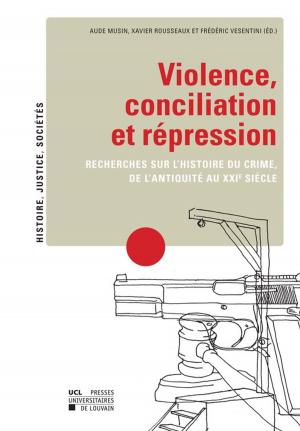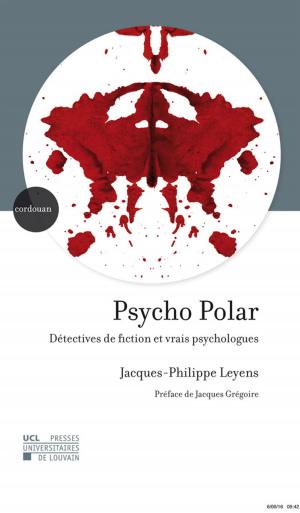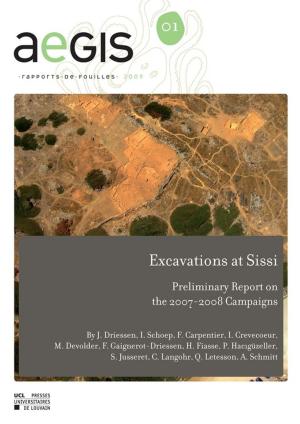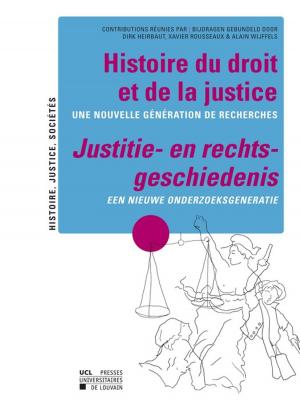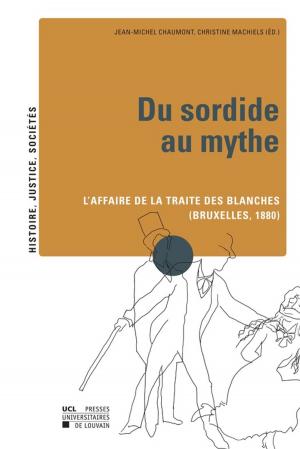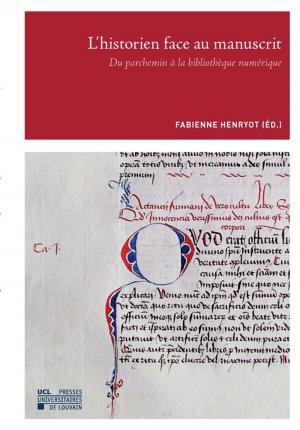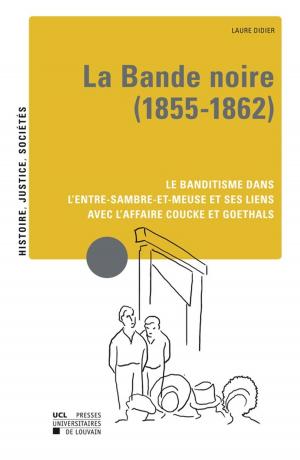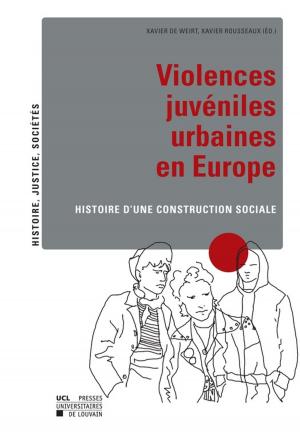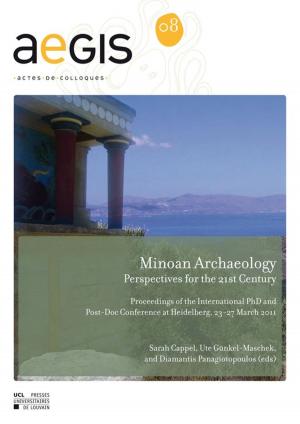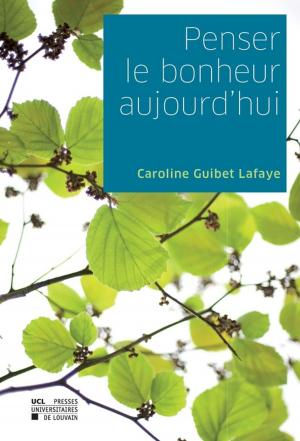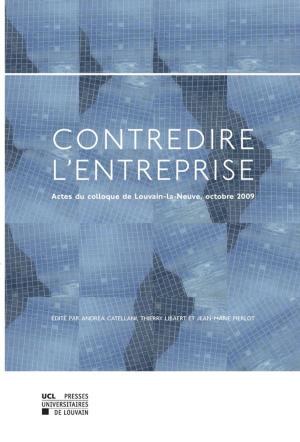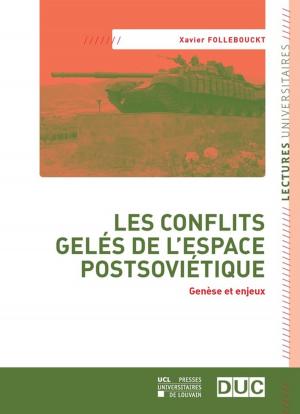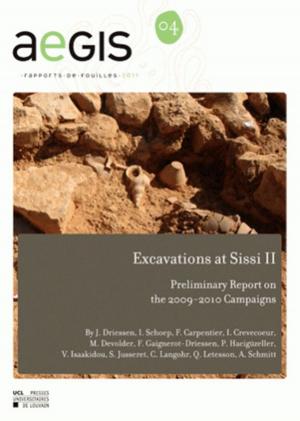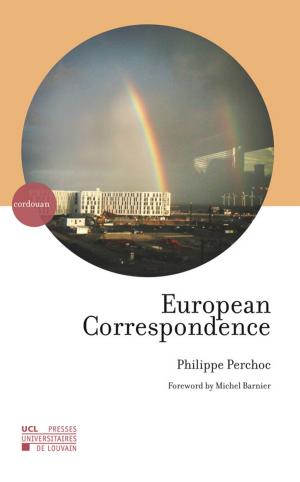THRAVSMA
Contextualising the Intentional Destruction of Objects in the Bronze Age Aegean and Cyprus
Nonfiction, Social & Cultural Studies, Social Science, Archaeology| Author: | Collectif | ISBN: | 9782875585400 |
| Publisher: | Presses universitaires de Louvain | Publication: | August 17, 2017 |
| Imprint: | Presses universitaires de Louvain | Language: | English |
| Author: | Collectif |
| ISBN: | 9782875585400 |
| Publisher: | Presses universitaires de Louvain |
| Publication: | August 17, 2017 |
| Imprint: | Presses universitaires de Louvain |
| Language: | English |
How does intentionally inflicting damage to material objects mediate the human experience in the prehistoric eastern Mediterranean? For all of the diversity in cultural practice in the civilisations of the Greek mainland and Aegean islands, Crete, Cyprus and the eastern coast of Italy between 4000-750 BC, archaeologists consider the custom of ritually killing objects as a normative, if inconsistent practice. Yet as artefacts that are alike only in that they have been disarticulated, intentionally destroyed objects defy easy characterization. Such pieces frequently stand outside of clearly defined patterns. This volume is an initial step in addressing a gap in the scholarship by aiming to deconstruct and contextualize the practice of intentional fragmentation. The case studies in this volume present a diverse range of evidence, including pottery, lithics, metals, jewellery, figurines, buildings and human remains, in an exploration of the wide spectrum of meanings behind material destruction.
How does intentionally inflicting damage to material objects mediate the human experience in the prehistoric eastern Mediterranean? For all of the diversity in cultural practice in the civilisations of the Greek mainland and Aegean islands, Crete, Cyprus and the eastern coast of Italy between 4000-750 BC, archaeologists consider the custom of ritually killing objects as a normative, if inconsistent practice. Yet as artefacts that are alike only in that they have been disarticulated, intentionally destroyed objects defy easy characterization. Such pieces frequently stand outside of clearly defined patterns. This volume is an initial step in addressing a gap in the scholarship by aiming to deconstruct and contextualize the practice of intentional fragmentation. The case studies in this volume present a diverse range of evidence, including pottery, lithics, metals, jewellery, figurines, buildings and human remains, in an exploration of the wide spectrum of meanings behind material destruction.

